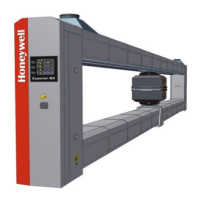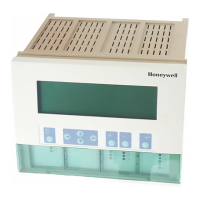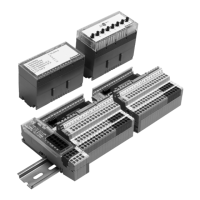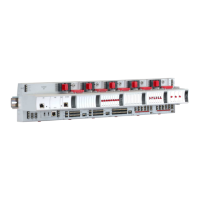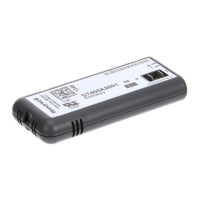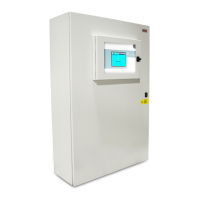system expansion. System expansion is simplified by simply configuring new nodes to use
the same IP Multicast address and the same SES already implemented. The planning
considerations are summarized in the following sections.
Attention:
It is strongly recommended that you implement a topology featuring one SES per
cluster server.
For information on implementing this topology, see Technote 234 available from
the Honeywell HPS Online Support website.
Recommendations
For typical domain and workgroup environments, establishing all nodes to use the same
multicast address and SES scope provides you with the most ease of use and flexibility for
future growth.
Location of SES
Only one System Event Server (SES) must be installed per FTE Community, per domain. If
the Experion servers are redundant, the SES is installed on both servers. The nodes access the
SES in their domain as defined from the FTE Community Settings task in Configuration
Studio.
Scope of SES
The SES scope default setting of 'domain' provides synchronization of system events across
the domain as restricted by the multicast community.
Enabling event notification for SES
Events are enabled for capturing through the use of the event filter configuration tool. Event
filter files are installed on the nodes where the events defined (in the filter file) are logged. For
example, the TPN Server event filter file is installed on the node with the TPN Server. FTE
filter files are installed with the SES. By default, all FTE events are collected based on the
view of the SES node.
DSA
The Distributed System Architecture (DSA) option should be enabled so that multiple servers
in an FTE community can share SES event data. Only one server (pair) in the DSA can have
the SES component installed and active. The remaining servers need to subscribe to the server
(pair) hosting SES to access all system events.
System Status Network tree
Honeywell 2017 80
